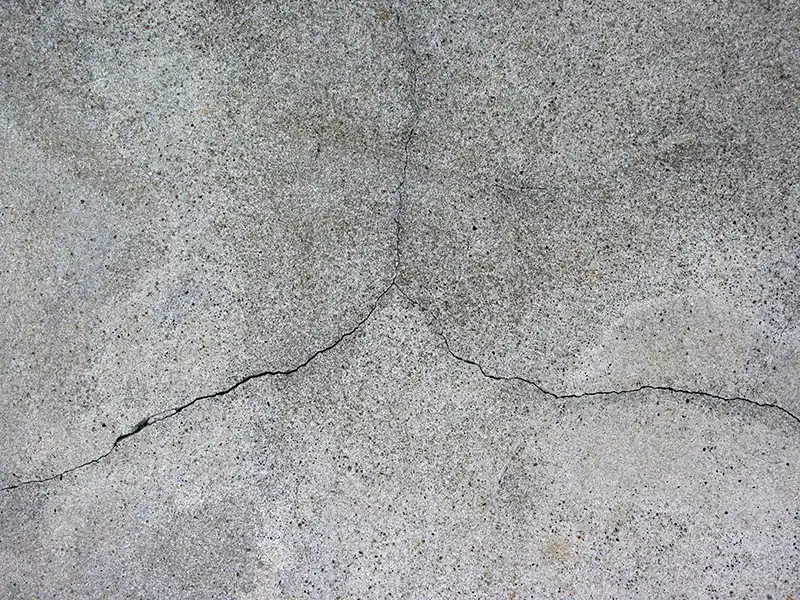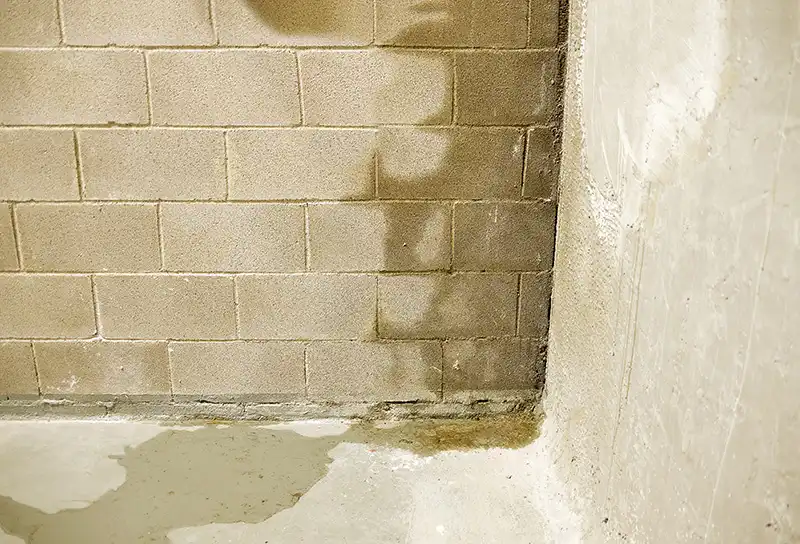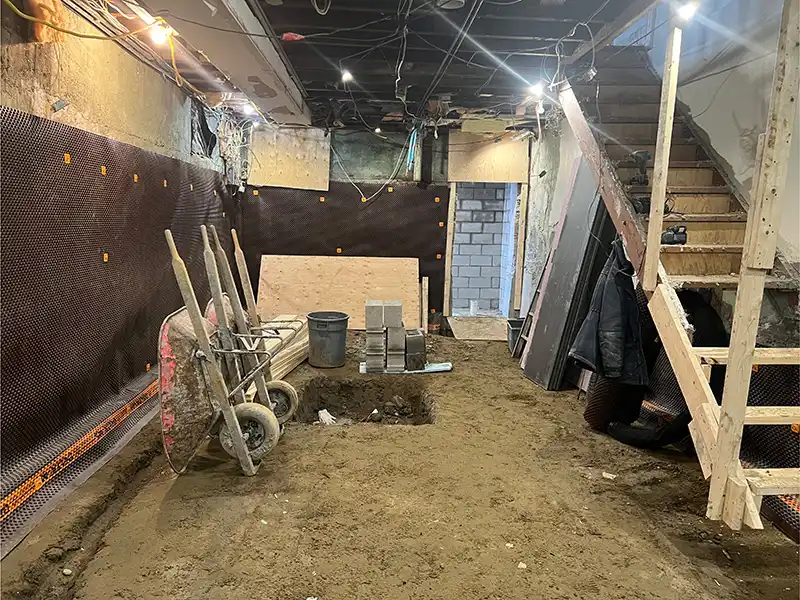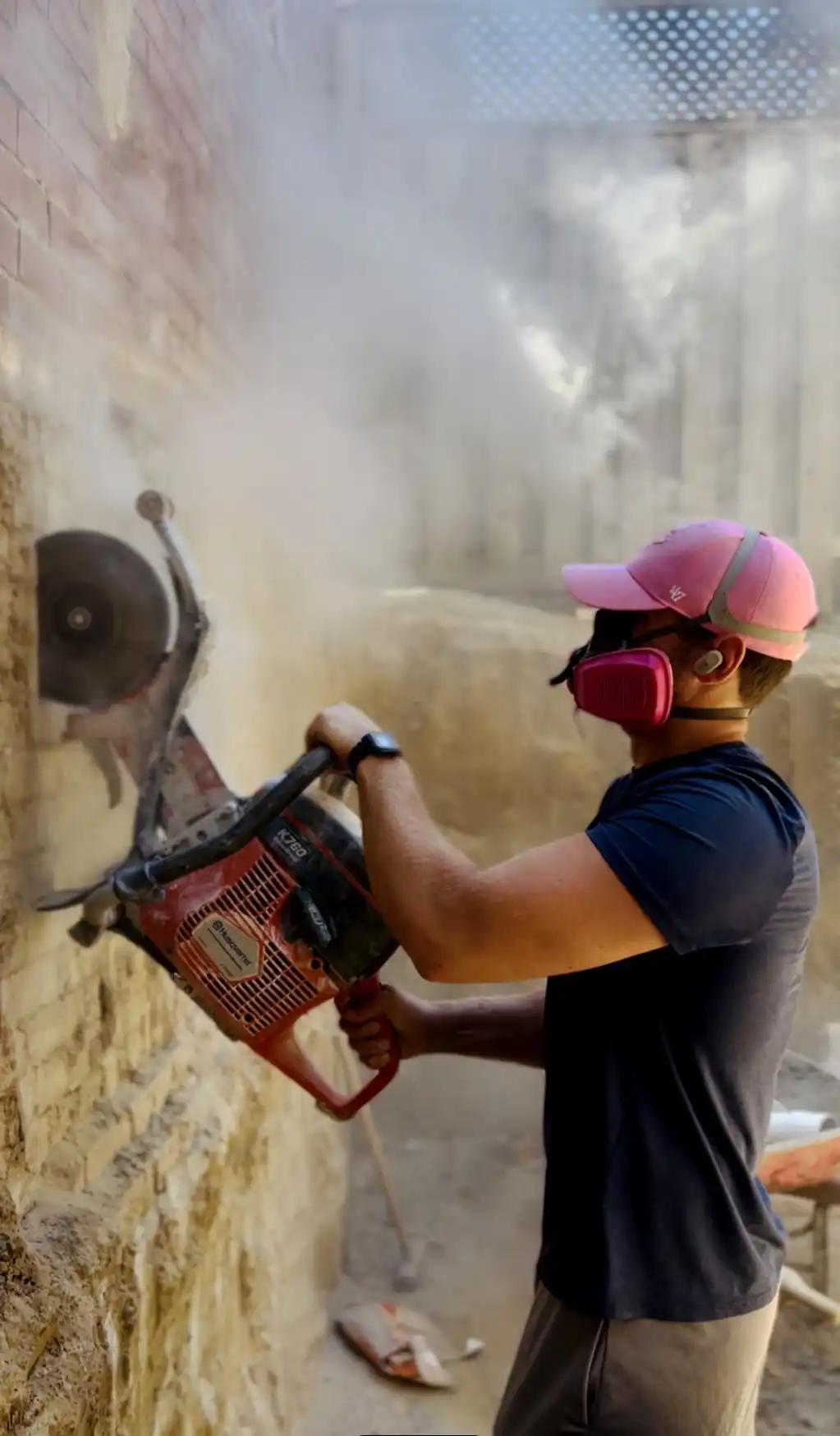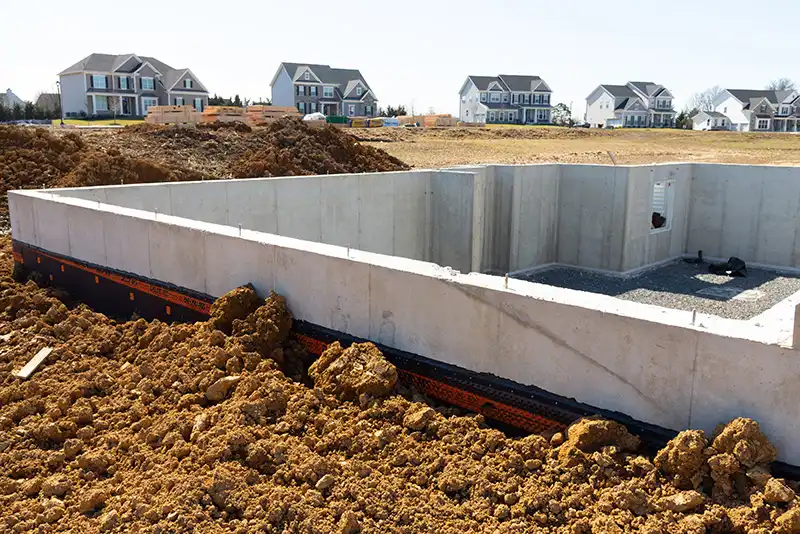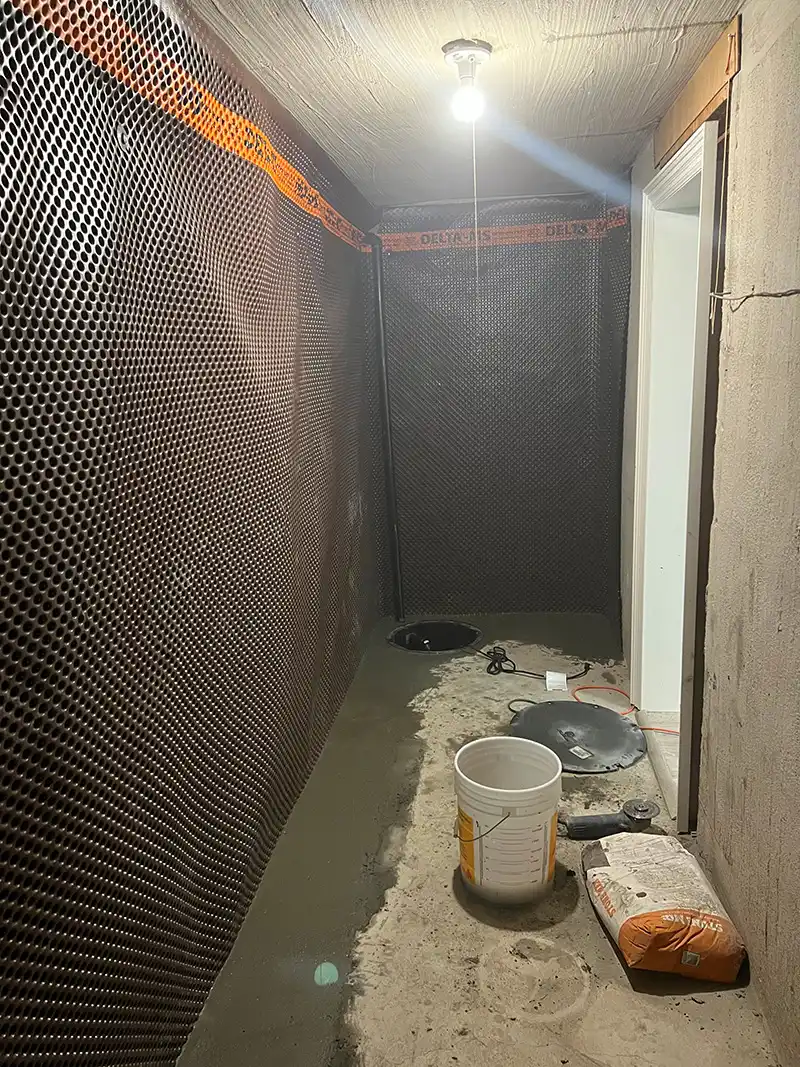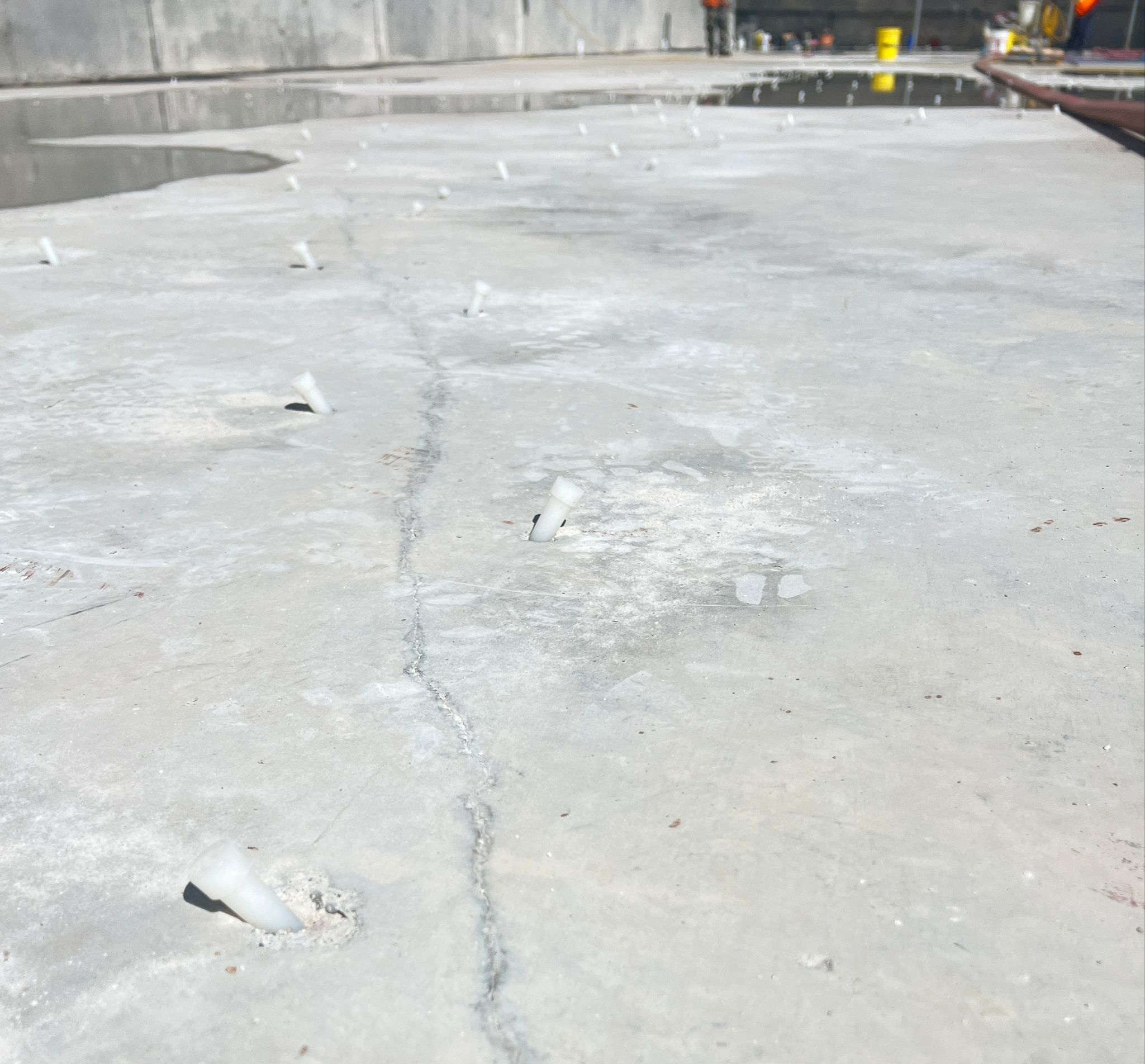What to Expect While Your House Is Being Underpinned
Honest guide about living in your home during underpinning construction. Learn about noise levels, dust control, daily schedules, disruptions, and coping strategies. Real expectations for the 3-5 week construction process.
Daily Schedule
6:45 AM - Crew arrives
7:00 AM - Work begins (jackhammering)
12:00 PM - Lunch break (quiet hour)
4:00 PM - Major work ends
4:30 PM - Site cleaned and secured
Noise Levels
- Jackhammering: 90-100 dB (lawnmower)
- Conveyor: 70-80 dB (vacuum cleaner)
- Concrete mixer: 80-85 dB
- Duration: 2-3 weeks intense phase
Key Survival Tips
✓ Plan to be out during loudest hours
✓ Set up quiet room away from work
✓ Change furnace filters weekly
✓ Communicate concerns promptly
✓ Remember it’s temporary
Service Areas
Service Areas: Toronto, North York, Scarborough, Etobicoke, East York, York, Mississauga, Brampton, Vaughan, Richmond Hill, Markham, and surrounding areas.
Living through underpinning is challenging but manageable with proper expectations and good contractors. The noise, dust, and disruption are real but temporary. Your transformed basement and increased home value make these few weeks of chaos a worthwhile investment.

